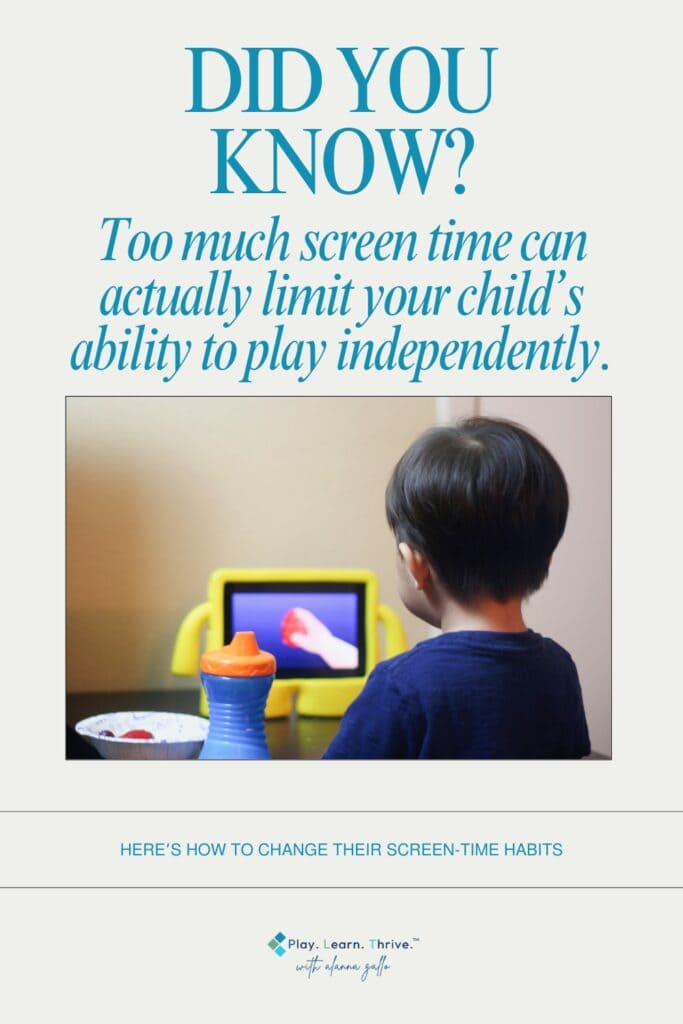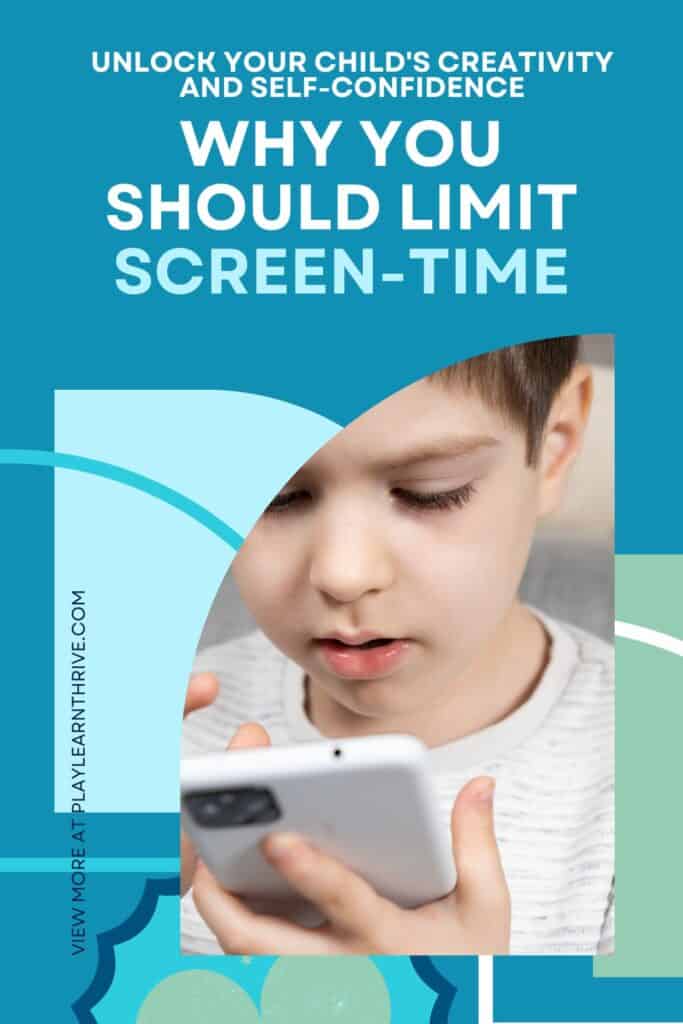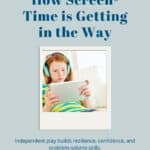How Screen Time Undermines Independent Play—and Why It Matters for Your Child’s Development
Independent play is a cornerstone of childhood development. It builds creativity, problem-solving skills, resilience, and confidence. Yet, in today’s world, children are spending more time on screens than ever before, and it’s having a direct impact on their ability to engage in self-directed play.
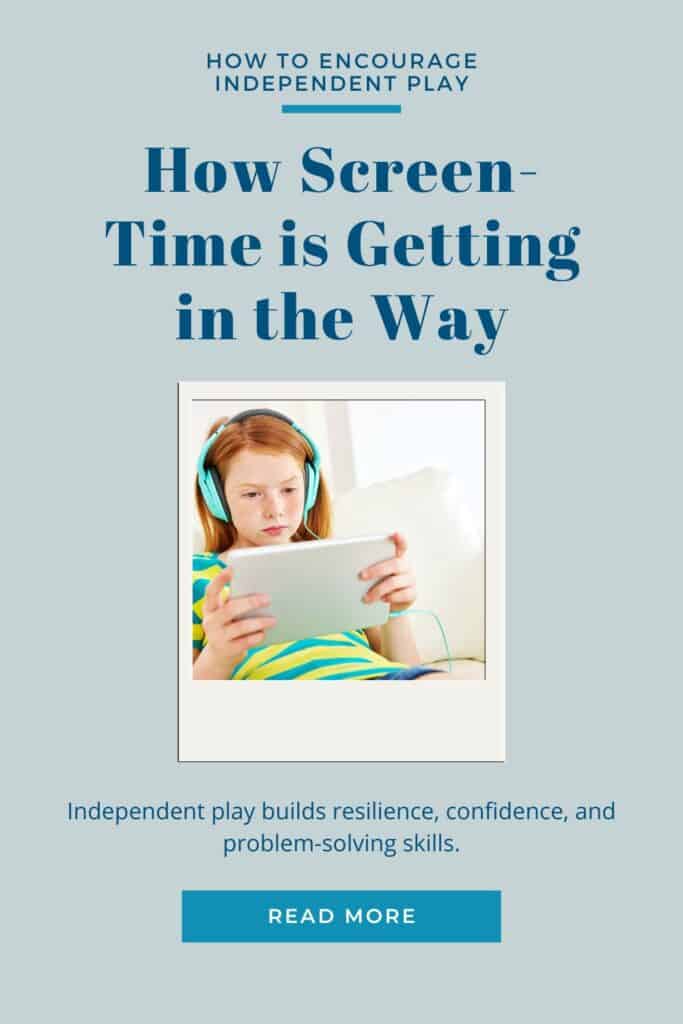
Play. Learn. Thrive.™ only endorses products we authentically love and use. Some of the product links in this post may be affiliate links. That means that if you click them and make a purchase, this site makes a commission. Play. Learn. Thrive.™ is also an Amazon Associate. As an Amazon Associate, we earn from qualifying purchases. It will have no impact on the price you pay or the experience of your purchase.
Parents often wonder why their child struggles to play alone, constantly asking for entertainment or claiming to be bored. The truth is, screen time can condition kids to seek constant stimulation, making it harder for them to initiate and sustain play without external input. Understanding this connection is key to fostering healthier play habits and giving children back the freedom to explore their own imaginations.
Before we dive in, here’s a little about me so you know you’re getting advice from someone who’s been in the trenches! I’m Alanna Gallo, a former teacher with a master’s in education who saw firsthand how kids were losing confidence, independence, and their natural love of learning. I left the classroom to help parents raise curious, capable, and screen-conscious kids in a world that doesn’t make it easy. My work has been featured in major media outlets, and I’m here to give you real, research-backed advice—without the guilt trips or unrealistic expectations.

Why Independent Play Is Essential for Child Development
Independent play isn’t just about keeping kids occupied—it’s a fundamental part of how they learn and grow. When children engage in self-directed play, they develop crucial life skills that extend far beyond childhood.
Builds Creativity and Problem-Solving Skills
Unstructured play allows kids to experiment, invent, and problem-solve. Whether they’re building a tower with blocks, creating an imaginary world, or figuring out how to make a cardboard box into a spaceship, they’re using critical thinking and creativity.
Develops Focus and Attention Span
Engaging in independent play helps children build the ability to focus on one activity for an extended period. This deep engagement, known as a “flow state,” is essential for learning and academic success.
Encourages Emotional Regulation
When children play alone, they navigate frustration, setbacks, and problem-solving on their own terms. This builds emotional resilience and self-regulation—skills that help them handle challenges in everyday life.
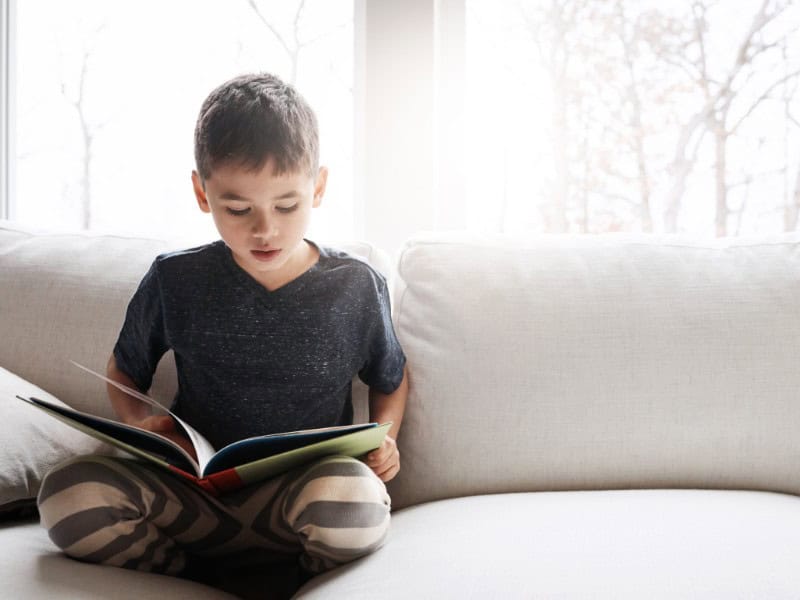
Fosters Independence and Confidence
A child who can entertain themselves without constant adult intervention gains confidence in their ability to navigate the world. They learn to trust their own instincts and ideas rather than seeking external validation.
Supports Social Development
Even though independent play is solitary, it lays the groundwork for strong social skills. Kids who play alone learn how to create narratives, practice conversations, and explore different perspectives—important skills for navigating relationships.
How Screen Time Disrupts Independent Play
Despite the benefits of independent play, many parents find that their child struggles to engage in it. One of the biggest culprits? Excessive screen time. Here’s how screens interfere with self-directed play:
Screens Condition Kids for Instant Gratification
Most digital content—whether it’s YouTube videos, games, or social media—offers immediate entertainment with little effort required. This conditions children to expect constant stimulation, making slower-paced, imaginative play feel “boring” in comparison.
Shortens Attention Spans
Studies suggest that excessive screen exposure can reduce a child’s ability to focus on tasks that require sustained attention. When kids are used to fast-moving, high-stimulation content, they may struggle to stay engaged in an activity that doesn’t provide immediate rewards.
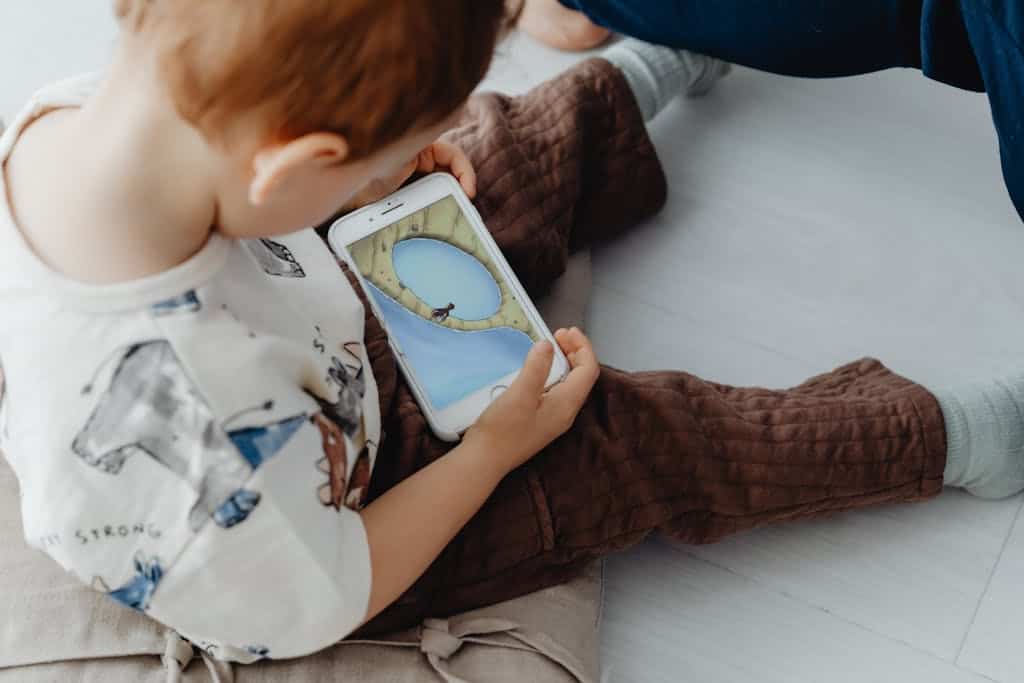
Reduces Creativity and Problem-Solving
Screens often provide pre-made narratives, visuals, and solutions, leaving little room for children to think creatively. When play is replaced by passive consumption, kids lose opportunities to invent their own stories and solve their own problems.
Makes Boredom Feel Unbearable
Boredom is a crucial trigger for creativity. It forces children to come up with their own entertainment. However, when screens are always available as a quick fix, kids don’t develop the patience or problem-solving skills needed to turn boredom into play.
Disrupts the Natural Play Cycle
Independent play thrives when children can enter a state of deep focus, but screen interruptions disrupt this process. If a child is frequently switching between play and screen time, they never fully engage in the imaginative, immersive play that fosters development.

How to Encourage More Independent Play (and Reduce Screen Reliance)
If your child struggles to play independently, there are steps you can take to help them rebuild this critical skill while reducing screen dependence.
Create Screen-Free Play Zones
Designate areas in your home where screens are not allowed. Fill these spaces with open-ended toys, books, and simple materials like blocks, art supplies, and dress-up clothes.
Allow Boredom to Happen
Resist the urge to entertain your child every time they say, “I’m bored.” Instead, encourage them to find something to do on their own. It may take time, but eventually, they will learn how to self-direct their play.
Set a Screen Time Rhythm
Rather than allowing unlimited access to screens, create predictable times for tech use. For example, screens can be used for a set period in the afternoon, but the rest of the day is for play and real-world engagement.

50 Simple Screen-Free Learning Activities for Curious Kids
These 50 hands-on activities help children develop problem-solving skills, creativity, and real-world knowledge—without needing a screen. Designed to encourage self-directed play, hands-on discovery, and deep learning, this guide gives you a simple way to turn everyday moments into powerful learning opportunities.
Model Screen-Free Engagement
Children mimic what they see. If they observe parents constantly on their phones or watching TV, they will be more likely to rely on screens themselves. Show them that boredom is a normal and productive part of life by engaging in non-screen activities.
Start Small and Build Up
If your child is heavily screen-dependent, start with small increments of independent play. Set a timer for 10-15 minutes and encourage them to play alone, gradually increasing the time as they become more comfortable.
Provide Open-Ended Play Materials
Toys that have a single function (like electronic toys or toys tied to TV shows) limit creativity. Instead, opt for open-ended materials like wooden blocks, dolls, loose parts, and outdoor play equipment.

Prioritizing Play in a Digital World
Independent play is one of the most valuable gifts we can give our children. It fosters creativity, confidence, and resilience—skills that will serve them for life. But in a world where screens are ever-present, it takes intentional effort to create an environment that supports self-directed play.
By setting limits on screen time and prioritizing play, we empower our children to reclaim their ability to explore, imagine, and create. The goal isn’t to eliminate screens entirely but to ensure they don’t replace the rich, developmental experiences that come from real-world play.
So next time your child says, “I’m bored,” see it as an opportunity rather than a problem. With time, patience, and the right environment, independent play will become second nature again.
Inspired by this post? Be sure to subscribe download my free Screen-Free Starter Kit! For more insights and resources on raising confident, lifelong learners, be sure to follow me on Instagram – can't wait for you to join me!


